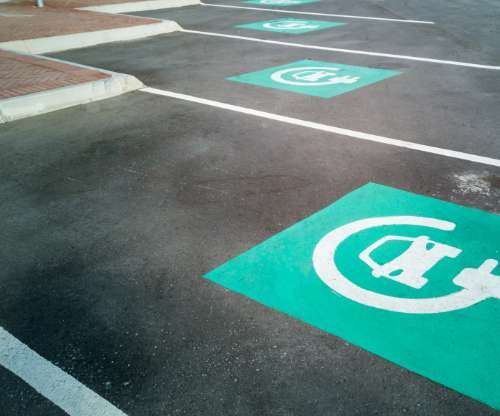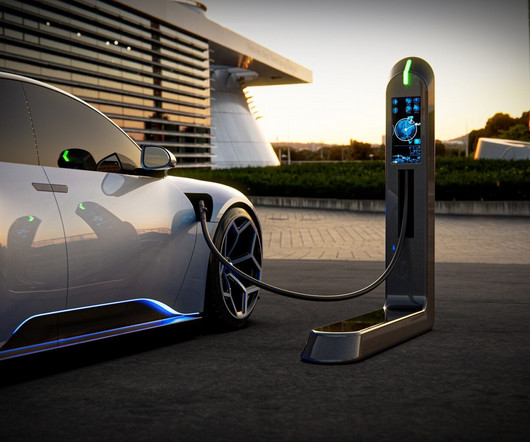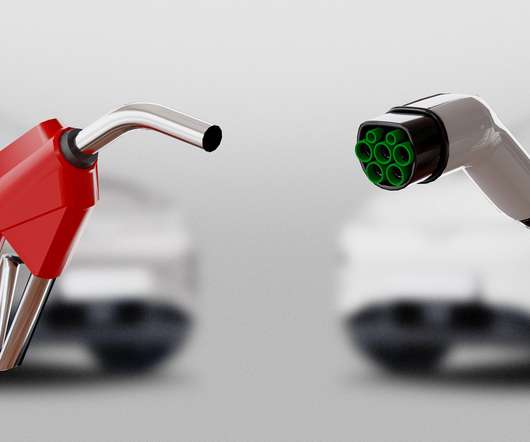2017 Chrysler Pacifica Hybrid PHEV minivan EPA-rated at 84 MPGe in electric-only mode; role of eFlite dual-motor/one-way clutch strategy
Green Car Congress
DECEMBER 1, 2016
The battery pack, covered by up to a 10-year/150,000-mile transferable warranty, may be fully recharged via the 6.6-kWh With a 120-volt (Level 1) charger, which comes standard with the vehicle, the Pacifica Hybrid can be fully recharged in approximately 14 hours. Click to enlarge.


















Let's personalize your content